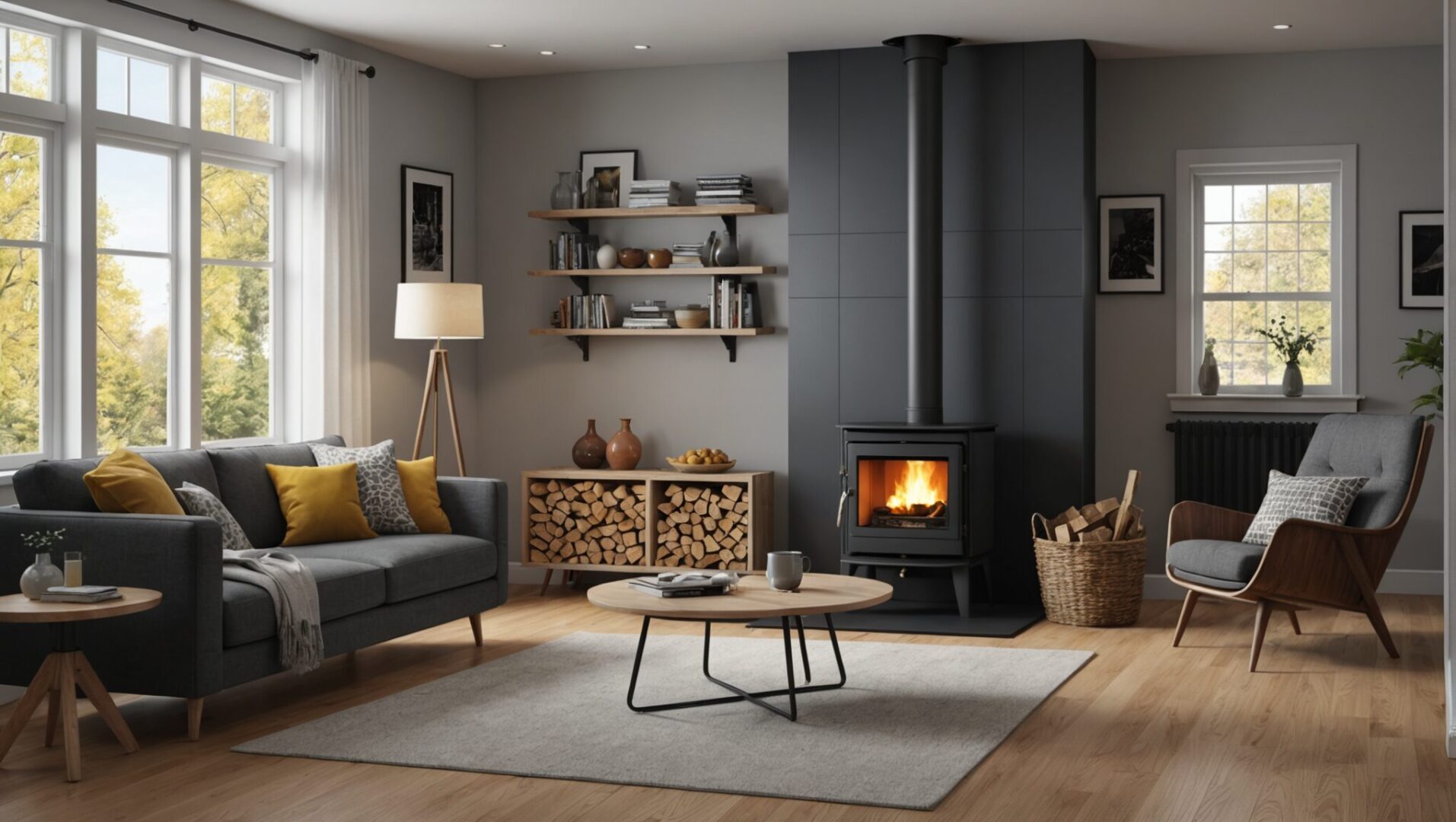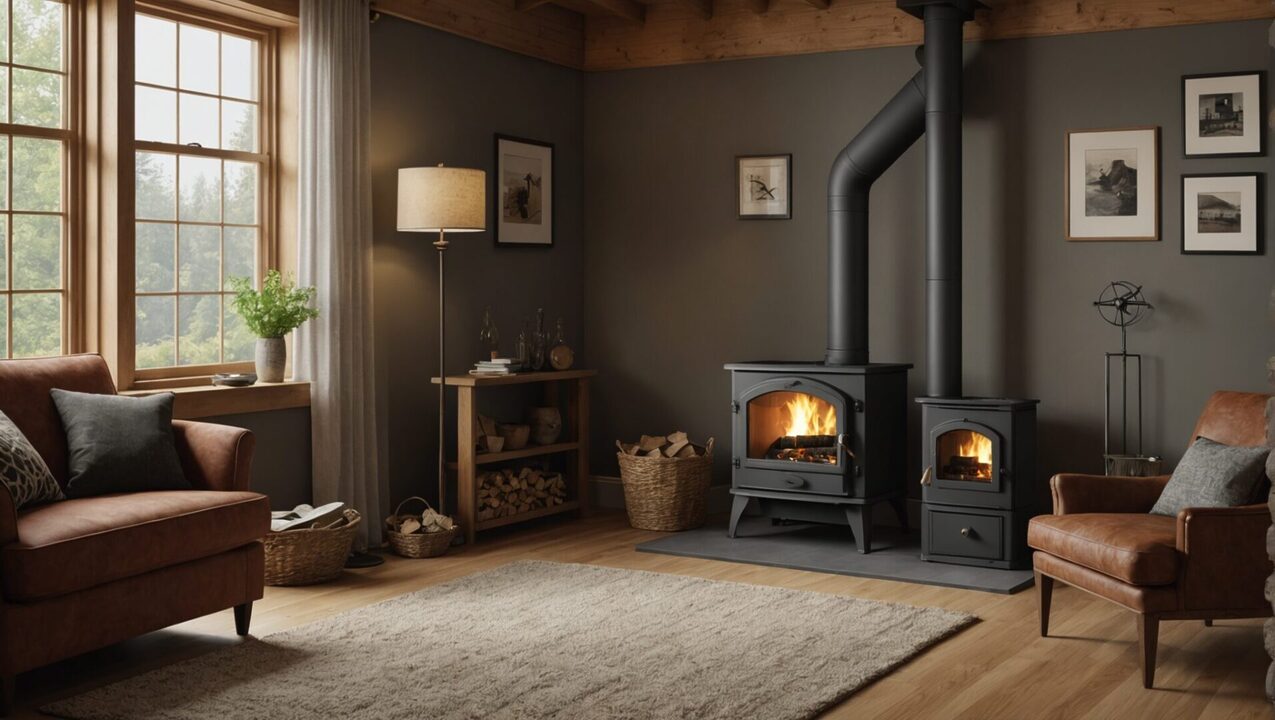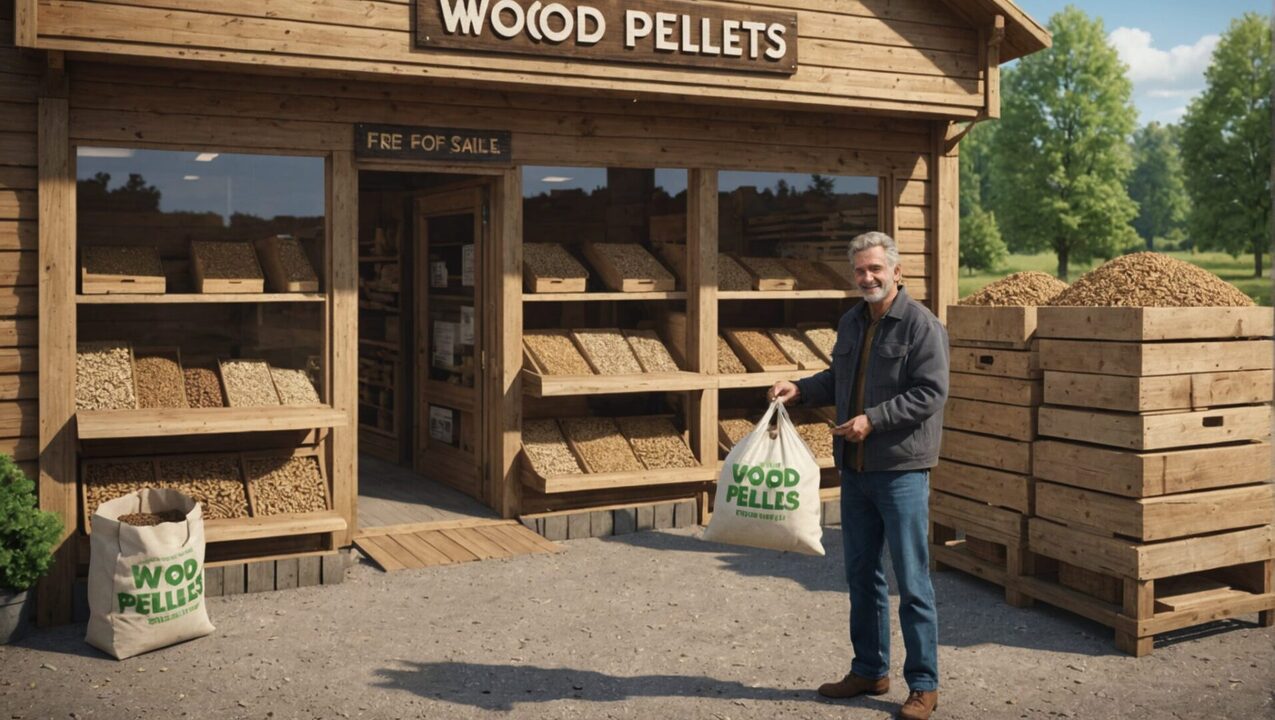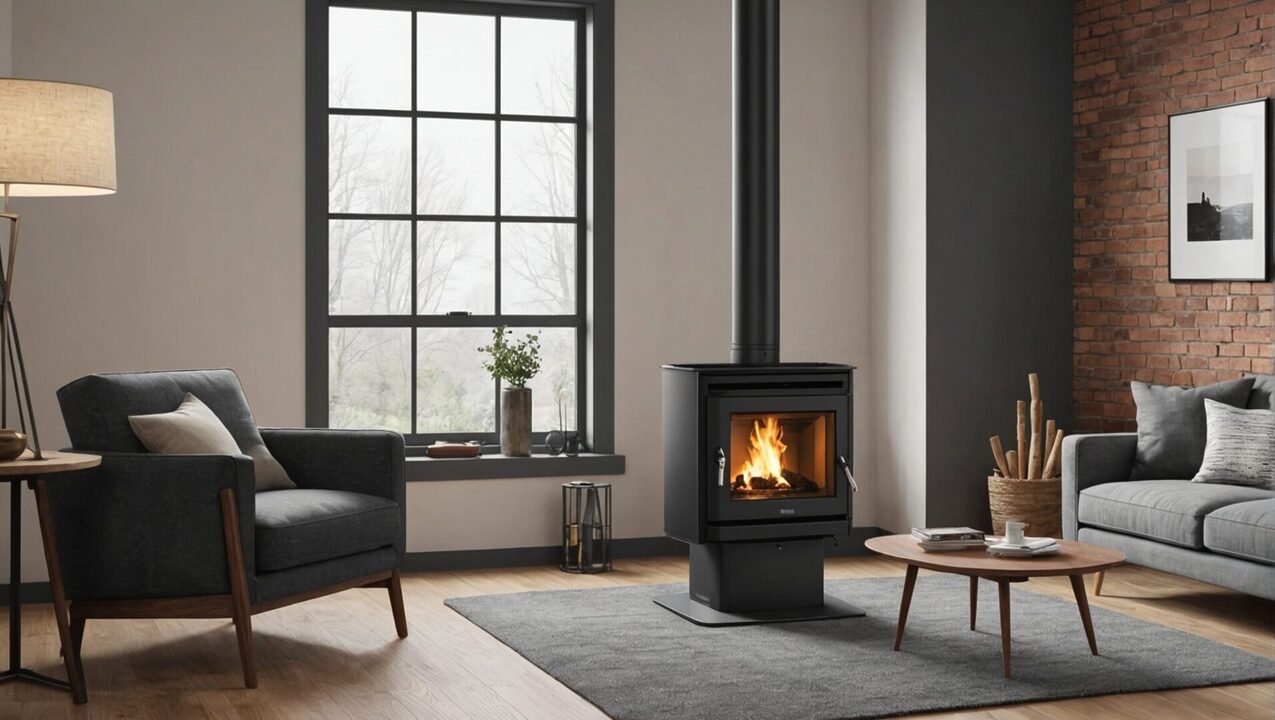Opt for one pellet stove presents several advantages compared to a wood stove. First of all, the comfort of use is greater thanks to an automatic pellet supply, thus avoiding frequent manual supply. In terms of performance, pellet stoves heat more quickly and more evenly, providing heat constant. On the plan reliability, these stoves are often equipped with advanced safety systems. THE design Modern pellet stoves fit easily into different decors. Finally, the requirements ofinterview are generally less restrictive thanks to automatic cleaning systems, making their use more practical. The initial cost of a pellet stove may be higher, but it saves money in the long term thanks to consumption more efficient fuel.

Choosing a heating solution is often a subject of intense reflection, as it impacts the comfort of a home while integrating economic and ecological considerations. Among the most popular options, pellet stoves and wood stoves compete for first place. Through this article, we will explore the main criteria that push owners to favor pellet stove, while addressing the different dimensions that influence this choice.
Performance criteria
Efficient heating
There performance is undoubtedly a major criterion when choosing a heating system. Pellet stoves, thanks to their advanced technology, offer heating efficiencies that are generally higher than those of wood stoves. They provide constant heat, adjustable according to needs, thanks to an integrated regulation system.
Energy consumption
A pellet stove uses less fuel to produce the same amount of heat as a wood stove. This factor makes it particularly attractive to those looking to maximize their energy efficiency. Pellets, often made from compressed wood and residues, also make it possible to use renewable resources.
Sur le même sujet :
Comfort of use
Ignition and power supply
One of the main attractions of the pellet stove is its comfort of use. Featuring automatic feeding, it eliminates the need for frequent manual loading. The ignition is also done automatically, making its daily use simpler. In comparison, the wood stove requires a constant supply of logs and fire management skills.
Programmability
Some models of pellet stoves even allow programmability remotely, via smartphone applications. This innovation offers the possibility of preheating your space upon returning home, an advantage that does not exist with the traditional wood stove.
Sur le même sujet :
Maintenance and installation
Less maintenance
The question ofinterview plays a crucial role in the purchasing decision. Pellet stoves generally require less maintenance than wood stoves. Although it is essential to clean the ashtrays regularly and to carry out annual cleaning, the task remains simpler due to the low pellet residue. On the other hand, wood stoves produce more ash and soot, requiring more frequent maintenance.
Easy installation
Installing a pellet stove can be less cumbersome than a wood stove, as these systems can sometimes be connected to existing ducts. However, it is always advisable to call on professionals to guarantee the safety and efficiency of the installation, which is valid for both types of stoves.
Sur le même sujet :
Economy and financial aid
Production costs
Pellet stoves often have a higher purchase cost than wood stoves, but the economic world is also to be taken into account. The use of pellets, often less expensive than wood, can reduce expenses in the long term. Prices fluctuate, but pellets remain a competitive solution in the quest for economical heat.
Financial aid available
There are several financial aid for the purchase of a pellet stove which is not necessarily found for the wood stove. State subsidies, ecological bonuses and tax credits are often available. To find out more about these schemes, you can consult details of the financial aid available as on this link.
Sur le même sujet :
Environmental impacts
Ecological efficiency
Pellet stoves are often seen as a more environmentally friendly option due to the nature of the pellets themselves, which benefit from a carbon footprint less heavy than that of traditional wood. By recycling wood waste, they help to promote renewable resources while minimizing the impact on the environment.
Resource consumption
However, it is important to note that wood stoves, especially produced responsibly, can also have a low environmental impact. Choosing a wood certified, coming from sustainably managed forests, can reduce the negative effects of this practice. However, reflection must focus on integral management that considers all resources.
Sur le même sujet :
Design and diversity
Aesthetics and adaptation
Pellet stoves come in many varieties. styles, ranging from traditional to modern. This wide range allows harmonious integration into various interiors. Manufacturers invest in design to make these devices not only functional, but also aesthetically pleasing. On the other hand, although there are very beautiful models of wood stoves, their design generally remains more classic and less varied.
Market development
The market is active around the creation of mixed models which offer both wood and pellet operation. Although these devices may seem compromised, the idea is to combine the flexibility of use of the two systems. However, this type of device may have performance limitations, which requires careful consideration on the part of the purchaser.
Disadvantages to consider
In case of breakdown
The pellet stove, despite its many advantages, can prove complicated in the event of a breakdown. Its electronic device can sometimes cause problems and require a specialized maintenance service. For people wanting simple, minimalist operation, the wood stove may seem less risky.
Installation and power costs
It’s also a good idea to find out about long-term costs. Although pellets are often less expensive than wood, if prices were to rise, it would be essential to remain vigilant about the heating budget. The initial purchase of the stove may be higher and generates anticipation of recurring costs for power supply. This raises questions that deserve careful consideration.
As for the aesthetic aspect, some young buyers attach importance to the image that a stove can convey. In this sense, the wood stove can still have a strong representative value, because it evokes the tradition and the return to the sources that wood fires represent.
The thoughts surrounding the choice between the pellet stove and the wood stove are colored by multiple considerations which go well beyond a simple technical comparison. Everyone, depending on their values, priorities and lifestyles, will find a response to their needs in one or the other system. Now all that remains is to know your own reality as an end user and consider your solutions as you would a renovation project. Everyone has their say: share your experiences in the comments below, we look forward to discussing with you!


















